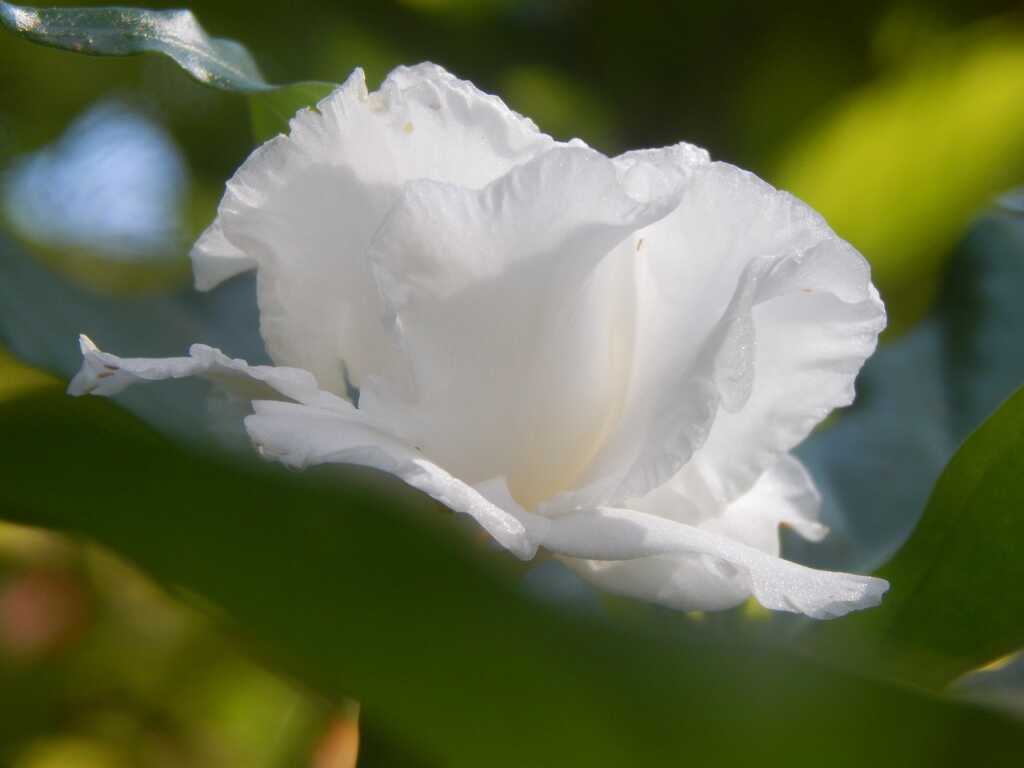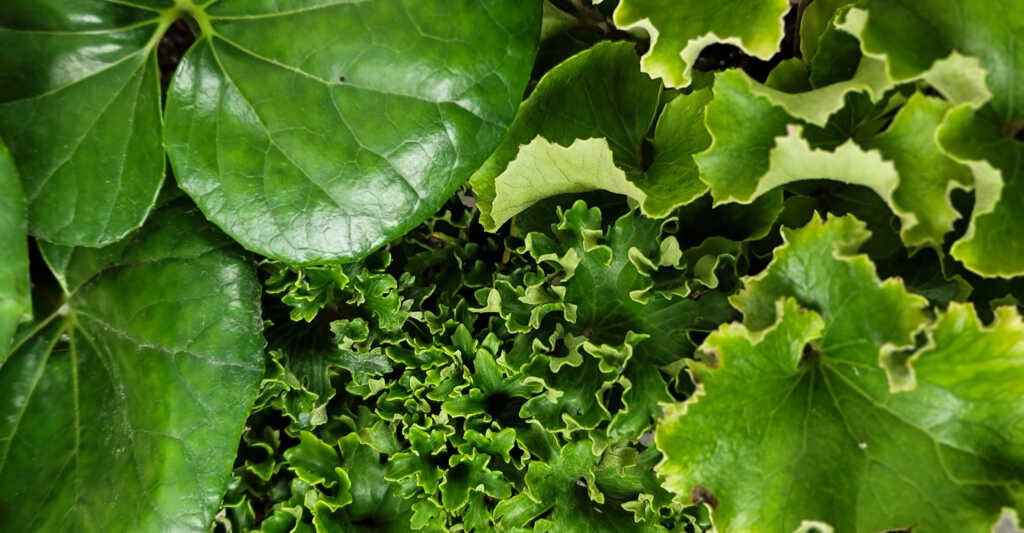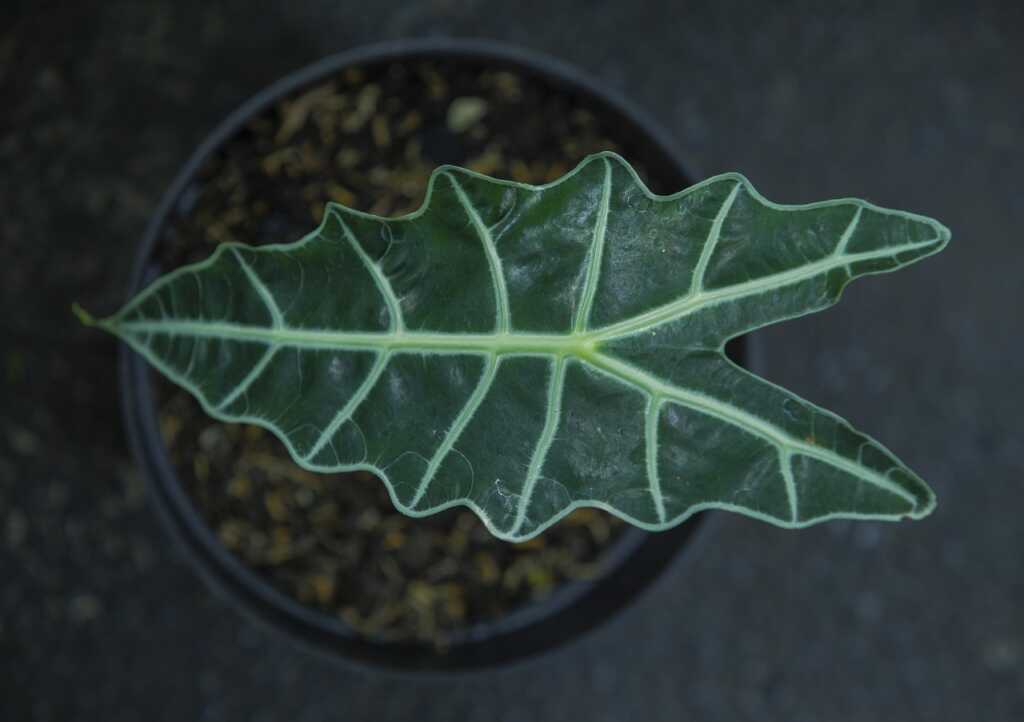Scale can be a “weighty” problem for plant lovers. (Hey, Weight Watchers, we’re not talking about THAT sort of scale.) In the plant world, scale are flat, brown insects that suck the vital nutrients from your plants’ leaves. Unfortunately scale like to attach themselves to the backs of leaves along their veins. Dedicated plant parents need to routinely check their collection to ensure no infestations are happening. Adult scale can be quite difficult to remove, so identifying it early helps prevent the spread. Here are some simple tips to treat these little buggers, and to make sure you won’t have to deal with them again.
Step 1: Quarantining
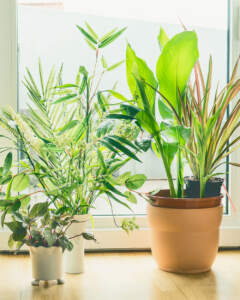
Whether you have 2 plants or 200, it’s always a good idea to quarantine a plant you suspect of being infected before a pest can spread to other plants. Once you have identified the infected plants, group them together in a separate area of your home or even outdoors in a shaded spot for a few weeks while you treat the problem. Be patient, you’ll have all your babies back where they belong in no time.
*Please note: If you are planning to quarantine any tropical houseplants outdoors, make sure your day/nighttime temps are above 40 degrees.
Step 2: Identifying Scale
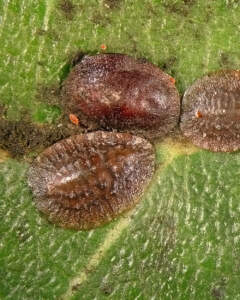
Before we start the treatment process, you’ll first need to verify your infestation is indeed scale. Scale are brown, reddish like oval shaped bugs that tend to be found on the underside of your plants’ foliage.
Step 3: Treatment Plan
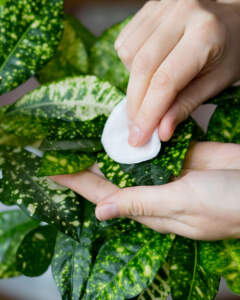
Now that you’ve confirmed you’re facing a scale infestation, it’s time for treatment! Step #1 is trying to remove as many adult scale with your finger nail (we know, it’s kinda gross) or a cotton swab dipped in rubbing alcohol. Scale’s shells can be inpenetrable, so sadly, just dabbing liquid over them won’t work. There are a few ways to go forward with your treatment, so choose the option that works best for you:
- Homemade Dish Soap & Water Treatment: Unfortunately, this treatment only works if your scale infestation is young in age. Simply mix a 1 tablespoon of dish soap with a quart of water, then spray or wipe down your plant. This combination will suffocate the little pests and should be repeated every few days until the infestation is gone.
- Rubbing Alcohol: Apply 70% isopropyl rubbing alcohol using a cotton swab and dab directly on the mealy bugs. Before using this method, it is highly recommended to use a test site on the plant 1-2 days before treating the entire plant. Rubbing alcohol can cause leaf burn.
Please remember to re-treat every few days. One time ain’t gonna’ do the job. It is crucial to be vigilant to rid your plants of this pest!
Step 4: Prevention
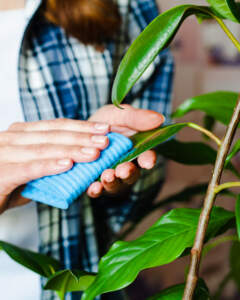
Prevention is key when it comes to dealing with any type of pests. Our favorite prevention method is to routinely spray Neem Oil on your plants’ leaves, or wipe them down with our Dish Soap & Water recipe (above).
Congrats! You have now successfully started your Treatment/Prevention process to eradicate pesky scale. Once your quarantined plants are free and clear of any pests, you’ve got the green light to return them to their proper spaces within your collection.
Plant Care = Self Care
Never second guess your plant parenting care with our easy to read plant care instructions. Become the ultimate care guru for any plant in your collection!

